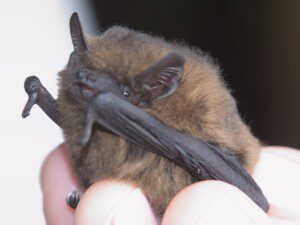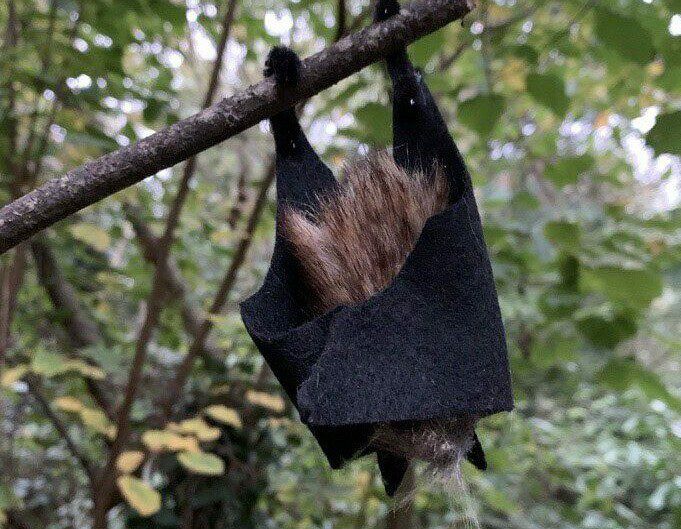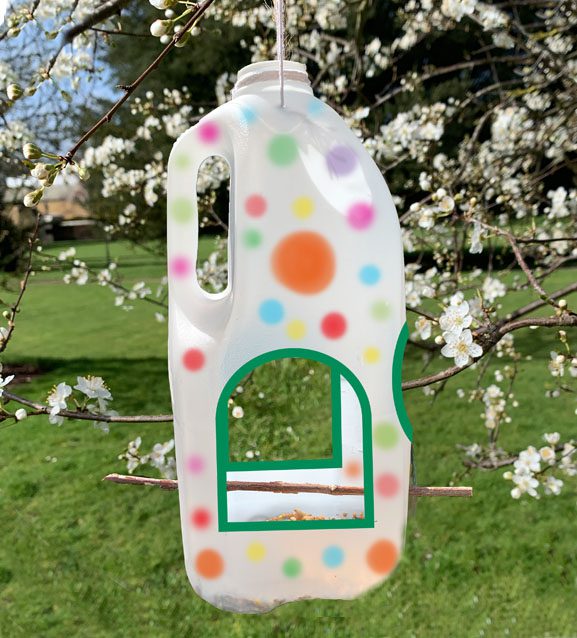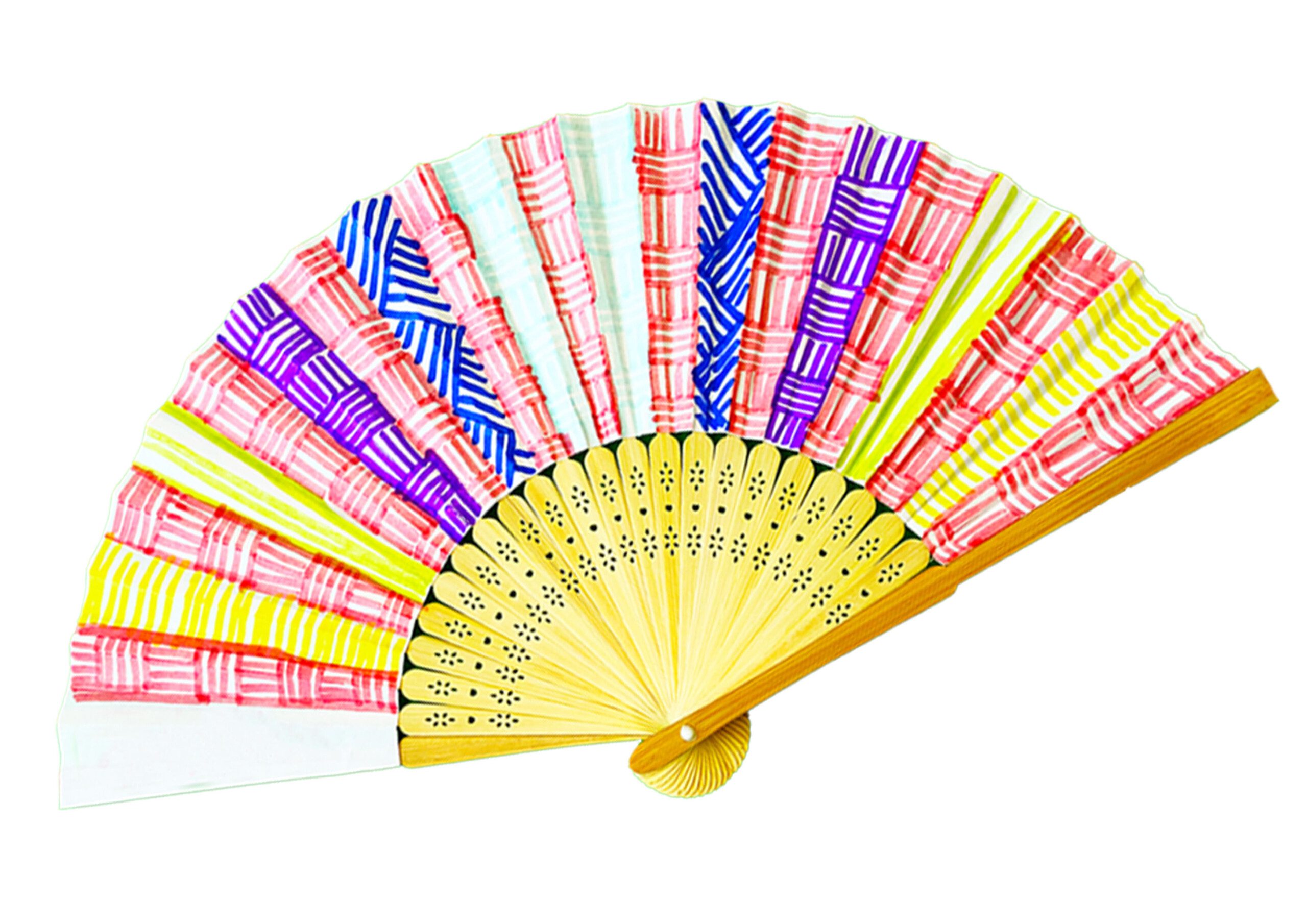Create your own British bat with our #MuseumMake – a fun craft activity inspired by The Powell-Cotton Museum.
Four things you should know about British bats

Habitat
Pipistrelles are the most common British bats and roost anywhere in the UK. However, they favour tiny colonies in tree holes, bat boxes, and even house roof spaces. They hibernate over the winter, often from November to April. After sunset, you may catch them darting about in gardens or near streetlights in search of insects.
Appearance
These tiny bats weigh between 3.5-8.5g. They are one of the UK’s smallest bats with reddish-brown coats and blackish-brown ears, nose, and wing membranes. Its wingspan is normally around 20cm long.
Behaviour
They emerge at dusk to feed for a couple of hours before returning to their roost. In the winter they hibernate in trees and buildings. They are fast flyers and agile when looking for food. The males during the breeding season defend a territory whilst the female pipistrelles form maternity colonies in the summer and have just one pup in each colony. Bats are mammals and feed their young milk after three- or four weeks young bats can fly and leave the roosts by the end of the summer in August.
Diet
Common pipistrelles are carnivores (insectivores) and go on the hunt for flying insects in the dark using echolocation to find them, the frequencies used for echolocation lie between 45 and 76 kHz and have an average duration of 5.6 ms. Their diet includes mosquitos, midges, flies, caddisflies, gnats, lacewings, mayflies and other flying insects. A single common pipistrelle can eat up to 3000 gnats in one night.
Play the audio to hear what the common pipistrelle sounds like.
What next?
You could
- Find out how many different varieties of bat there are in Britain. What are their names?
- Create your own British bat with our #MuseumMake and download the activity sheet below.


